-
×
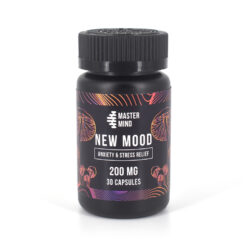 Mastermind New Mood Capsules (30 x 200mg)
1 × $72.25
Mastermind New Mood Capsules (30 x 200mg)
1 × $72.25 -
×
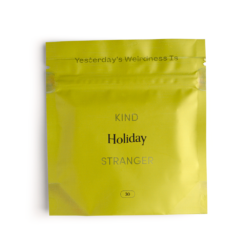 Kind Stranger Holiday Capsules – 125mg
1 × $82.00
Kind Stranger Holiday Capsules – 125mg
1 × $82.00 -
×
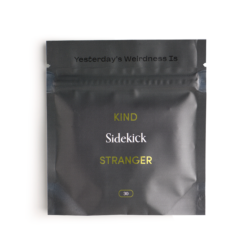 Kind Stranger Sidekick Capsules - 100mg
1 × $82.00
Kind Stranger Sidekick Capsules - 100mg
1 × $82.00 -
×
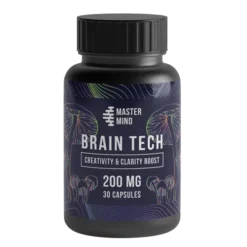 Mastermind - Brain Tech Capsules
1 × $59.50
Mastermind - Brain Tech Capsules
1 × $59.50 -
×
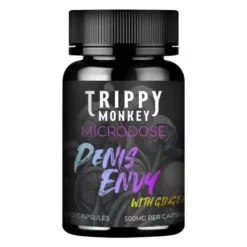 Trippy Monkey Penis Envy Microdose Capsules – 7 x 500mg
1 × $37.99
Trippy Monkey Penis Envy Microdose Capsules – 7 x 500mg
1 × $37.99 -
×
 Trippy Monkey Microdose Capsules - Golden Teacher
1 × $34.99
Trippy Monkey Microdose Capsules - Golden Teacher
1 × $34.99 -
×
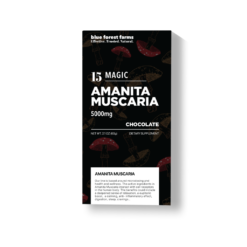 Majestic Amanita – Magic Chocolate
1 × $49.99
Majestic Amanita – Magic Chocolate
1 × $49.99 -
×
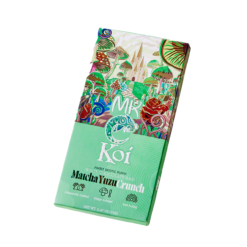 MK X Koi Shroom Bar
1 × $39.99
MK X Koi Shroom Bar
1 × $39.99
Subtotal: $458.71

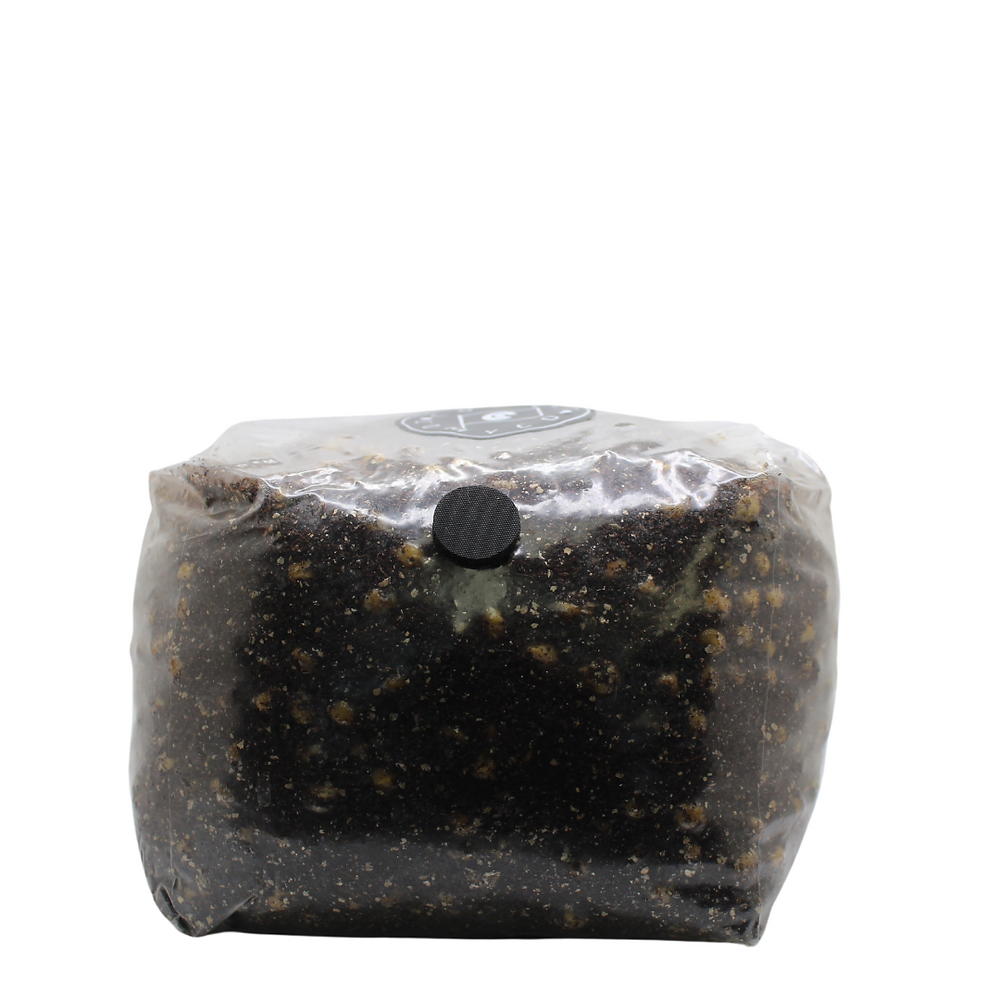


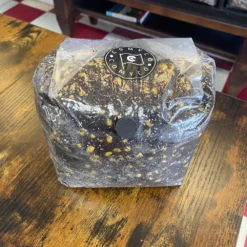

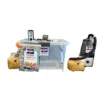

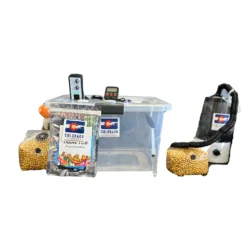


Reviews
There are no reviews yet.